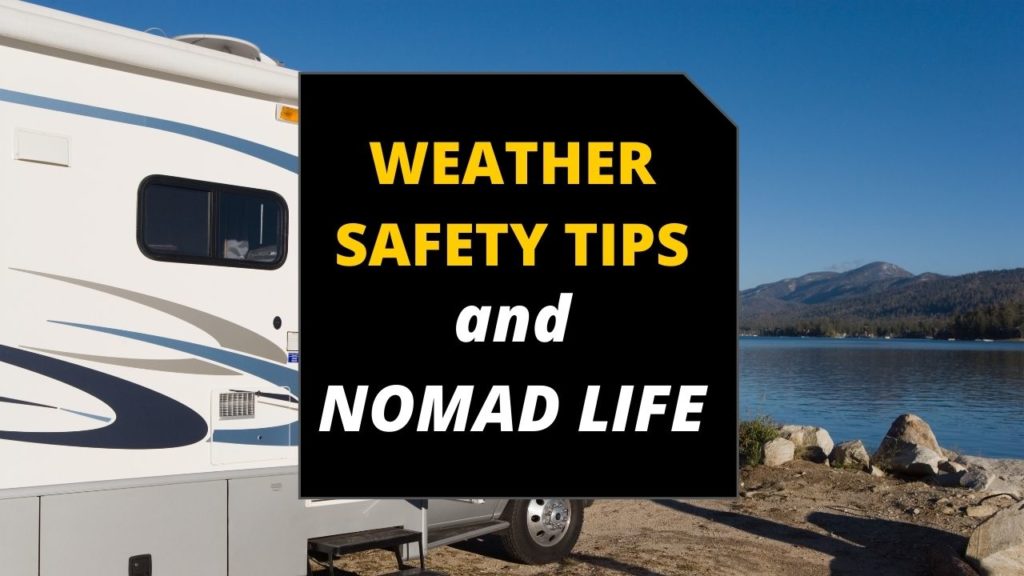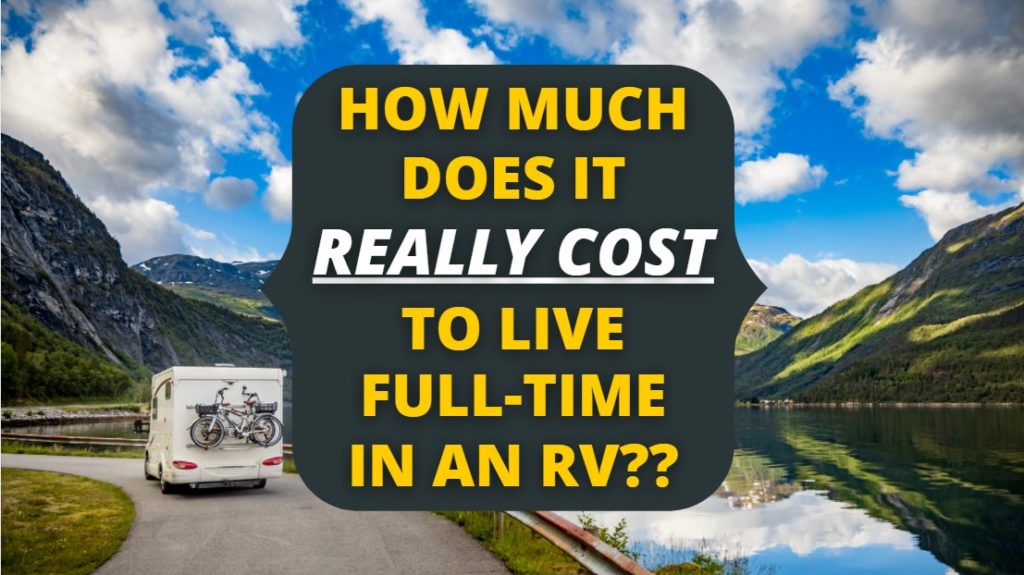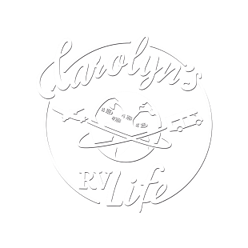FIVE REASONS TO LIVE IN A CLASS C RV

Getting Started w/ RV Living, RV Living Tips FIVE REASONS TO LIVE IN A CLASS C RV Posted by Carolyn Higgins on March 16, 2022 If you had the choice to live in an RV, van, motorhome, School Bus, Class A, Class C, or Sprinter van what would you choose to live in?? There are […]
The Best Tips for RV Living and Extreme Weather

RV Living Tips, RVing Safety Tips Posted by Carolyn Higgins The Best Tips for RV Living and Extreme Weather on January 11, 2022 Living and traveling full-time in my Class C RV since 2016, I have experienced more extreme weather this year than any other time. I have encountered tornado watches in Wyoming, windstorms that […]
Live Full-Time in an RV- Simple Budget

RV Living Tips Live Full-Time in an RV- Simple Budget Posted by Carolyn Higgins on November 15, 2021 How Much Does It REALLY Cost to Live and Travel in a Class C RV Full-time? Are you thinking about taking the leap and becoming a full-time RVer? If you are thinking about hitting the road in a Class […]


